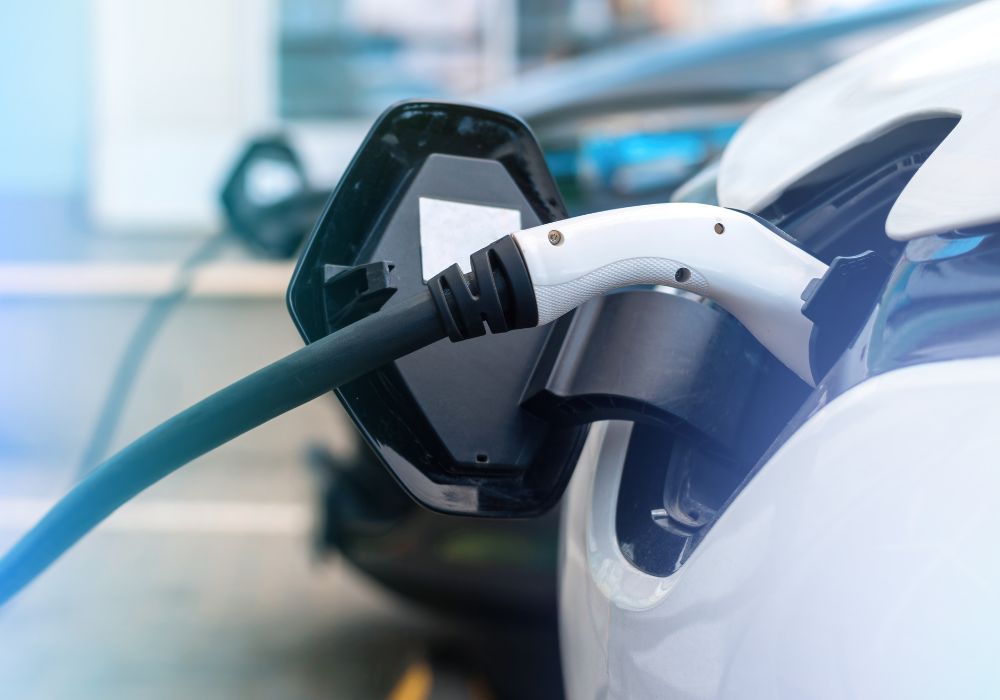Buying a car can be stressful, and now there are more choices than ever amongst gasoline-powered vehicles, hybrid models, and electric cars. Hybrid cars combine an electric motor with a gasoline engine, and the cars are able to recharge by utilizing the energy normally lost through deceleration. This means that many hybrids do not require electric charging, and also use less gas, all of which can save you stress, money, and help the environment by reducing emissions.
If you’re considering a hybrid vehicle, here are some things to know before purchasing.
Currently, hybrids are several thousand dollars more expensive than gasoline-powered vehicles. However, this price gap could even out in the long run depending on how much gas prices are and how much you’re driving. A Consumer Reports analysis found that hybrid owners will make up the cost of a pricier vehicle with their savings on gas in just two to three years after purchasing.
Many climate scientists and policymakers agree that it’s an important time to reduce emissions to help protect the planet from climate change. That makes buying a hybrid or electric vehicle an important tool in reducing our individual carbon footprint.
One hybrid vehicle produces 6,258 pounds of CO2 equivalent per year, while a gasoline powered vehicle produces 11,435 pounds of CO2 equivalent per year, according to the US Department of Energy. Of course, electric vehicles are the most environmentally-friendly, producing only 3,932 pounds of C02 equivalent per year (While electric vehicles have no tailpipe emissions, the emissions listed here are caused by the power plant that produces the car. This cost is still significantly lower than the emissions produced by gas and hybrid cars). But electric vehicles are also significantly more expensive, which may put them out of reach of some consumers.
If you’ve only ever driven gasoline-powered vehicles, adjusting to a hybrid may take some getting used to from an operational standpoint. As Cars reports, accelerating and braking may feel strange at first. However, this technology has greatly improved over the years. You may also be startled by how quiet the car is. This is important to be aware of as both a driver and a pedestrian, because people walking or biking may not hear you as you approach.
Hybrid is a catch-all term for vehicles that use both electricity and gasoline, but there are significant differences between hybrid cars. A plug-in hybrid electric vehicle, for example, can be recharged through an outlet, while other hybrid vehicles do not require any charging, because all of it is done through regenerative braking. However, the plug-in hybrids have a larger battery, and can drive longer distances using electricity. Mild hybrids are different from full-hybrids, in that they can have a stronger battery and allow for systems such as air conditioning to continue operating while at stop lights. However, they never solely rely on electricity. You can learn more about the different types of hybrids from Car and Driver.
Questions about auto insurance? Contact a Sea Mountain Auto Insurance Specialist today!
